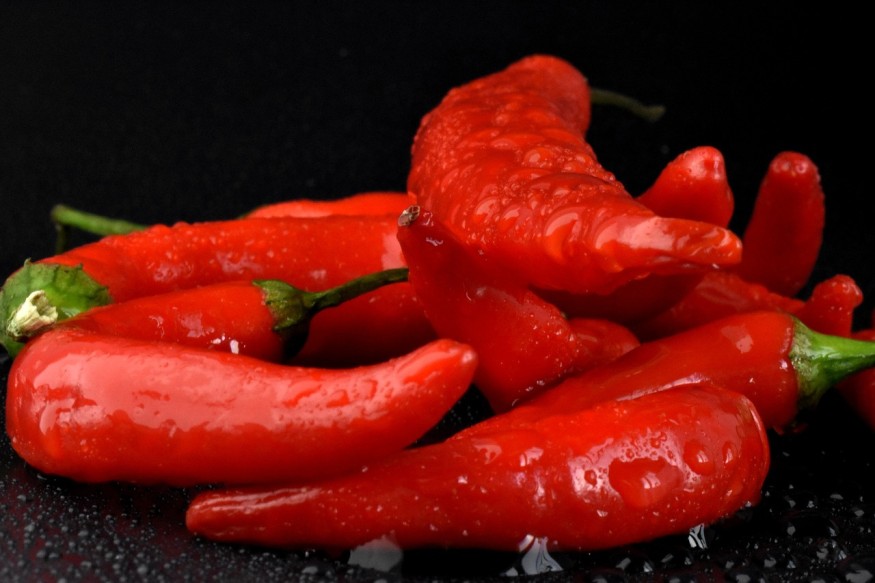A few months from now, astronauts aboard the International Space Station (ISS) will taste the first-ever chili peppers grown in space. The Plant Habitat-04 (PH-04) experiment, which contains Hatch chile pepper seeds, arrived at the ISS aboard the 22nd commercial resupply services of SpaceX in June.
This is not the first time that astronauts have grown plants in the space station. Earlier this year, astronauts have tasted the first radish grown in space. These experiments aim to collect data on how growing plants could be affected by the microgravity in the low-Earth orbit as preparation for future space missions.

Growing Chile peppers in Space
NASA astronaut Shane Kimbrough added some water this week to the Pant Habitat-04 experiment to start the seeds in orbit after arriving last month, CNet reported. Kimbrough has previous experience in growing plants in space, wherein he helped grow the "Outredgeous" red romaine lettuce in late 2016.
Chile peppers are not an instant-gratification plat as astronauts would have to wait for four months before they could harvest them. PH-04 principal investigator Matt Romeyn said that chile peppers are one of those most complex plant experiments on the space station to date because it has long germination and growing periods.
The NuMex Española pepper (Capsicum annuum), a hybrid Hatch pepper, will be the first fruit to be grown in space and harvested by the end of the year. It is relatively easy to grow and typically grows at high altitudes, and does not need much attention as they grow by themselves.
"We were also looking for varieties that don't grow too tall, and yet are very productive in the controlled environments that we would be using in space," NASA plant physiologist Ray Wheeler told the Rio Grande Sun.
The pepper seeds were planted in the Advanced Plant Habitat (APH), which is one of the three plant growth chambers on the ISS where they will be grown. If they are successful, this will be added to the list of crops that NASA can use to supplement the diets of astronauts in future space missions.
Nicole Dufour, PH-04's project manager, said that the APH is the largest plant growth facility on the ISS that uses 180 sensors to monitor plant growth and the environment. It helps control the experiment from the team with Kennedy Space Center's Exploration Research and Technology programs to reduce the time when astronauts tend to the crops.
Why Grow Chile Peppers in Space?
The experiments of growing plants in space began in late 2015 and early 2016, which now paved the way for growing longer-duration, fruit-bearing, flowering crops, such as peppers, according to NASA.
Romeyn said there is a challenge in feeding astronauts in the low-Earth orbit and future space missions beyond it, and there are only limited crops that do not need storage or excessive processing.
Astronauts in space could temporarily lose their sense of taste and smell as a side-effect of living in microgravity. This is why spicy foods or seasoned foods are important. Chile peppers are also dense in Vitamin C, and some peppers have an even higher content of Vitamin C than some citrus fruits, making them an excellent candidate for testing in the ISS.
But also, growing green and red chile peppers, or colorful foods in general, could have long-term benefits for the physical and psychological health of astronauts. Scientists are now discovering that growing colorful plants and vegetables could help improve their well-being.
RELATED ARTICLE: Growing Plants In Space: Astronauts Eats First Radish Grown in Space
Check out more news and information on Space on Science Times.
© 2026 ScienceTimes.com All rights reserved. Do not reproduce without permission. The window to the world of Science Times.












